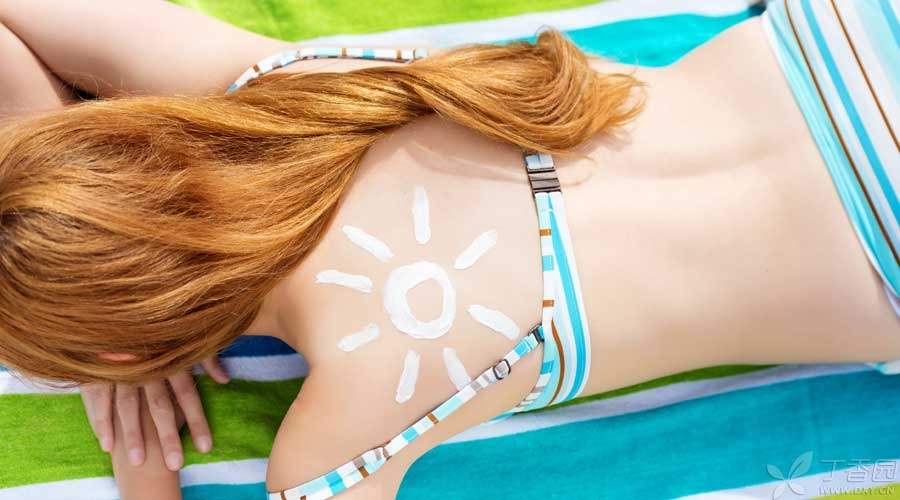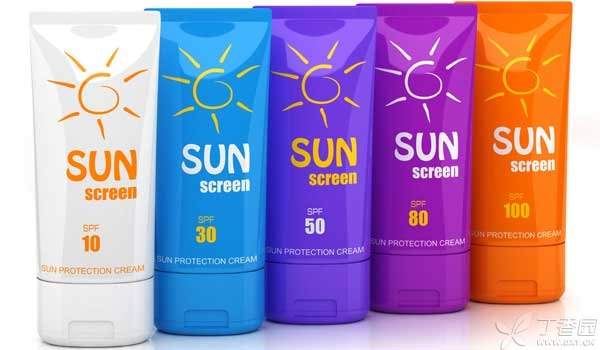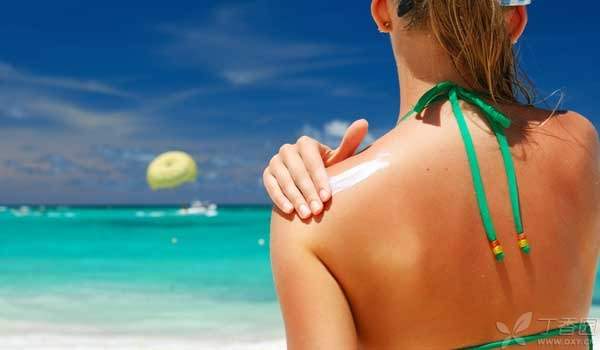
It is said that sun protection should be done not only in summer, sunny days, spring, autumn and winter, but also in rainy days?
It is.
Next, let dermatologists tell you carefully: sun protection, how to do it?
Sunscreen: Catch it every season,
Ultraviolet rays causing human skin damage are divided into UVA and UVB according to different wavelengths, and the energy of ultraviolet rays varies from season to season. UVA is strongest in spring and UVB is strongest in summer.
UVA is UVA, The impact on the skin is the greatest, can directly penetrate the epidermis to reach the superficial layer of dermis, can cause various photosensitive diseases, is also the main culprit that causes skin photoaging, even skin tumors. All kinds of even cloudy and rainy days, UVA can also pass through the clouds to reach the ground. UVB is short wave ultraviolet rays, penetration ability is not as good as UVA, mainly causing damage to the epidermis, such as sunburn.
As long as outdoor activities are carried out during the day, sun protection should be carried out regardless of season and weather.
Sunscreen: Not only sunscreen, but also all-round talent is king.
The first thing that comes to mind is sunscreen. In fact, there are many kinds of sunscreen methods:
1. The ultraviolet rays are strongest from 10: 00 a.m. to 2: 00 p.m. and should be avoided from going out during this period.
2. Choose suitable clothes for sun protection, with long sleeves instead of short sleeves, standing collars instead of round collars, and clothes with different textures and thicknesses have different ultraviolet protection coefficients: polyester > wool > silk > nylon > cotton, and the sun protection ability of damp clothes is obviously reduced.
3. Wide-brimmed hats, sunglasses and sunshades are all effective methods of sun protection.
Remember to use these methods together!

Sunscreen: Combination of [Shield] and [Magician]
Dermatologists have reached a consensus on the ideal sunscreen, and it is best to meet the following four conditions: ① full band protection; (2) excellent safety, chemical stability and light stability; (3) No stimulation and toxicity; ④ It has waterproof and sweat-resistant functions.
Any sunscreen on the market contains basically fixed sunscreen ingredients, but different ingredients are compatible according to product requirements. China’s < < Cosmetic Hygiene Standard > > lists 28 kinds of sunscreen agents, which are roughly divided into two categories:
Physical sunscreen
Like close-fitting [protective cover], zinc oxide and titanium dioxide are commonly used to achieve sunscreen effect by physically shielding, refracting and reflecting light.
Chemical sunscreen
More like a [magician], he absorbs ultraviolet rays and releases them through chemical reactions by converting light energy into a kind of heat energy on the skin surface.
In addition, there is a new type of sunscreen: also known as biological sunscreen, which is one of the hot spots in the market, such as carotene, VitC, VitE, selenium, green tea polyphenols, nicotinamide, retinoic acid and other bioactive substances. However, this kind of sunscreen can also be taken orally to protect the sun.
As far as the current market is concerned, chemical sunscreens account for the majority and are the main force in all kinds of sunscreens.
Sunscreen: How to Choose and Use
SPF and PA Indices Represent what?
SPF and PA are two common indexes of commercial sunscreen.
SPF is the embodiment of the ability to protect UVB. It refers to the ratio of ultraviolet energy required to cause minimum sunburn on the skin surface protected by sunscreen products to ultraviolet energy required to cause the same erythema on the skin without protection. Simply speaking, it is sunscreen red.
For example, when the product is not applied, the skin will turn red after being exposed to the sun for 1 minute. After applying SPF30 sunscreen, the skin will turn red after being exposed to the sun for 30 minutes.
PA is aimed at UVA, which refers to the ratio of the energy required to cause the lowest skin pigmentation protected by the product to the energy required to produce the same pigment without protection, which is simply sunscreen. PA, like SPF, is also a sign of protective ability.
Meimei who often buy products will find that foreign sunscreen products will be marked at 50 or even 80, while domestic products above 30 will only be marked at 30 +.
Some people are worried about whether there is a big gap between the sunscreen efficacy of domestic sunscreen agents and that of foreign countries. In fact, we have achieved specific values for each product efficacy determination, including many products greater than 30, which are only unified in accordance with the relevant provisions of the domestic cosmetic hygiene standards.
Selection of Sunscreen Agents by Different Populations
Outdoor work, plateau people and pregnant women are all important groups that need protection. As long as there is no sunscreen allergy, they can use it safely.
It is recommended to use SPF15 or so and PA + + or so sunscreen when going out everyday. Some people claim that sunscreen starts from dolls. Indeed, studies have proved that starting to use sunscreen regularly for a long time at the age of 18 can reduce the occurrence of melanoma by 50% and malignant invasive melanoma by 73%.
However, the use of sunscreen for children under 6 months old should follow the doctor’s advice, because the safety test of sunscreen has not yet involved children under 6 months old. Its human efficacy tests are also mostly conducted in adults. Therefore, if children of this age group carry out sun protection, it is better to use sunshade umbrellas and sun protection clothing.

Common Mistakes in Sun Protection
The higher the index, the better
In daily life, choose SPF15 or so, PA + + is OK.
First of all, too high an index will artificially reduce the frequency of repeated smearing, which will affect the sun protection effect. Secondly, products with high index are generally formulated with different sunscreen components, which causes relatively high probability of skin irritation or allergic reaction. Third, the light stability of high index sunscreen is closely related to the actual sunscreen effect, and its light stability evaluation method is still being explored.
Of course, if you want to have long-term outdoor activities, you can choose sunscreen products with higher sun protection index.
Smear too thin
The physical sunscreen ingredients in sunscreen will be slightly greasy, so many girls only apply a very thin layer when using it, which cannot achieve sunscreen effect.
According to the international standard for human body testing of sunscreen, its usage amount is 2 mg/cm ², which is about the same as the thickness of 1 ~ 2 sheets of A4 paper.
The survey shows that most people are used to using a dosage of only about 0.75 mg/cm ², only one third, which is far from achieving the protective effect promised on the product packaging. In order to achieve the labeling effect, it must be coated as thick as possible.
Only when you see the sun
Chemical sunscreens are the main force of sunscreens, so they need to be given enough time to react with the skin in order to be effective. Therefore, it is generally recommended to apply them 20 minutes before going out.
Do not repeat smearing
Due to various reasons such as sweat dilution, self-degradation of sunscreen and continuous reaction of related components with ultraviolet rays, the general sunscreen will fail in about two hours, so if you are outdoors for a long time, you need to apply it every two hours.
It takes cleansing oil to wash it clean.
Physical sunscreen particles are relatively large and need to be carefully cleaned, but now the particles are getting finer and finer, so ordinary facial cleanser can be used to clean them without special makeup removal.
Responsible Editor: Zhang Jingyuan
This article is exclusively authorized to be used by Clove Garden and refuses any other form of reprinting.
